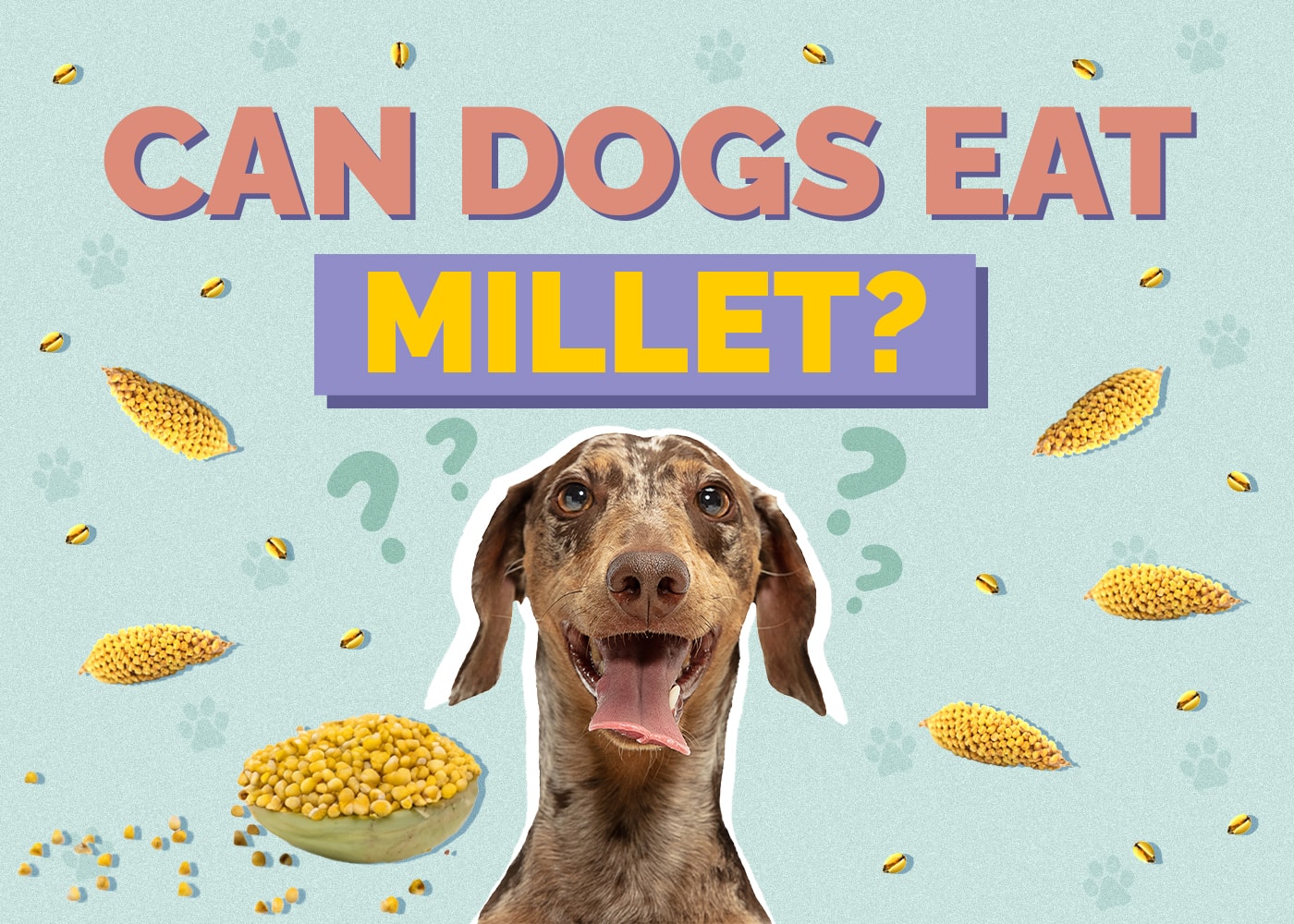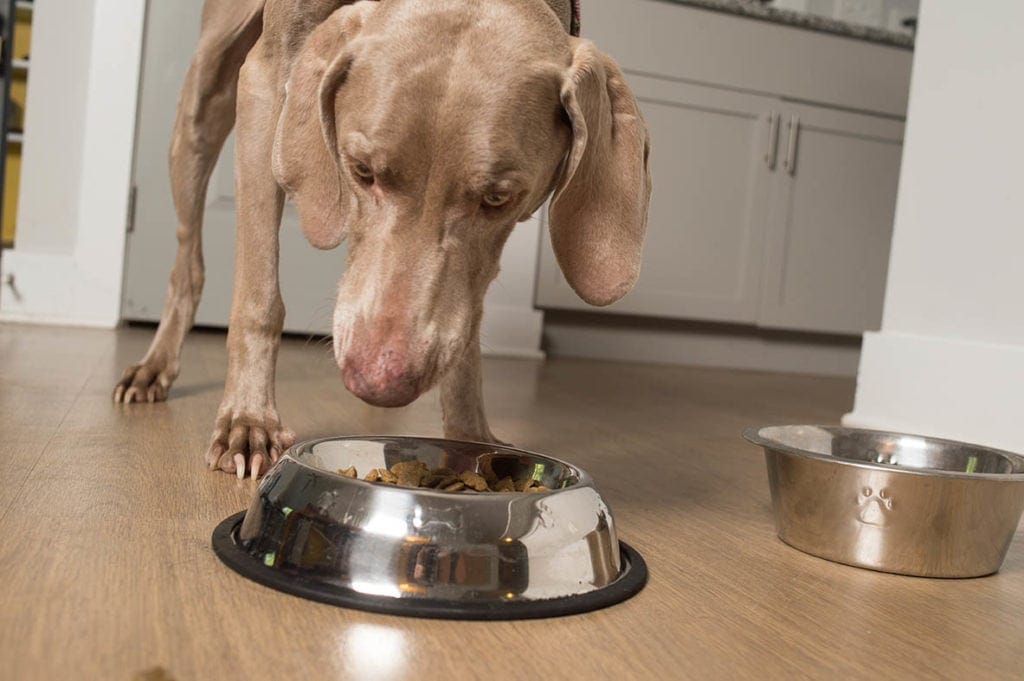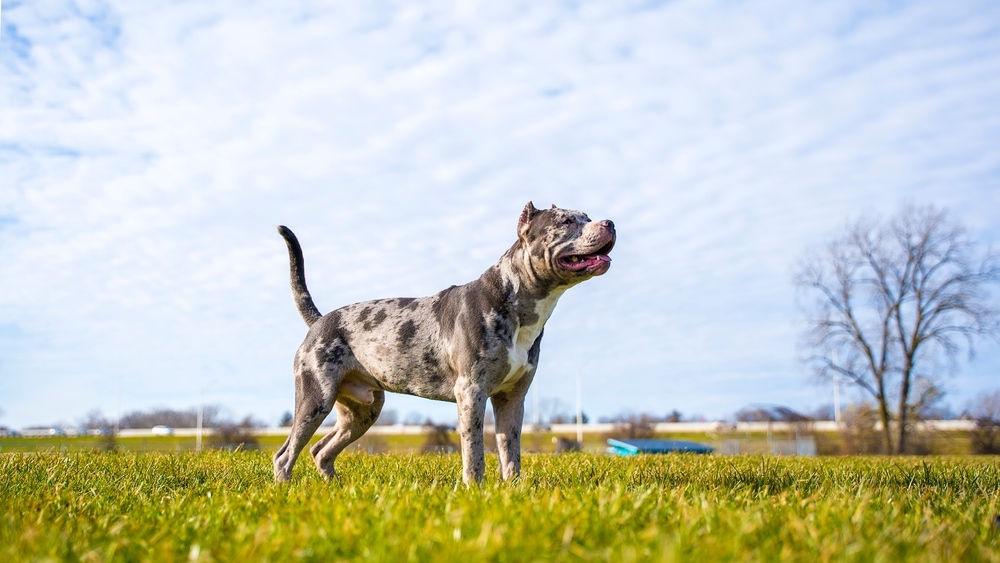Can Dogs Eat Millet? Vet Reviewed Facts & FAQ
Updated on

As a dog owner, you might want to introduce variety into your pet’s diet. That would make you wonder if your dog can eat grains like millet, barley, etc. It’s safe for dogs to eat millet since it is a rich source of essential minerals and Vitamin B. It also contains phosphorus and iron, which are suitable for your pet’s health.
Another notable thing about millet is that it does not contain gluten. That makes it easy to digest for your furry friend. However, it’s essential to know how to prepare millet properly for your dog. We discuss this below.
Types of Millet
If you plan to feed millet to your dog, you should know about its type. Millet is a small, round whole grain commonly grown in African and Asian countries. Besides human consumption, millet is also used to feed birds and livestock.
One of the main reasons for millet’s popularity in its native regions is that the crop is pest and drought resistant. That means it can survive harsh environments and provide a continuous source of nutrition for humans and animals.
Although all millet varieties are in the Poaceae family of grasses, there are different varieties based on species, appearance, and color. There are two main types: small and large.
Large millet types include:
- Pearl
- Proso
- Foxtail
- Finger or ragi
Meanwhile, here are the varieties of small millet:
- Barnyard
- Kodo
- Little
- Browntop
- Fonio
- Guinea
- Adlay

Nutritional Profile of Millet
Millet is filled with plenty of beneficial nutrients, such as magnesium, folate, iron, and protein.1 A single cup or 174 grams of cooked millet contains 207 calories and the following nutrients:
- Carbs: 41 grams
- Fiber: 2.2 grams
- Protein: 6 grams
- Fat: 1.7 grams
Millets also contain amino acids, which are the building blocks of proteins. If you look at types, finger millet has the highest amount of calcium among all strains of millet and other cereal grains.
The 3 Benefits of Millets
Millets provide a wide range of benefits to your pet’s health. Here are some noteworthy ones:
1. Rich in Antioxidants
Antioxidants are important for their ability to neutralize free radicals in the body. Free radicals are unstable molecules that can damage cells and increase inflammation. Millet contains high amounts of antioxidants, such as catechins and ferulic acid. These molecules protect your pet’s body from oxidative stress.
There have been studies in mice to show that ferulic acid also helps in skin protection and wound healing.2 It is also known to contain anti-inflammatory properties.
If you want to select the millet variety with the most antioxidants, you should opt for strains with a darker color, such as foxtail, proso, and finger. These have more antioxidants compared to the yellow and white varieties.
2. Gluten-Free
Gluten isn’t harmful to dogs, but it is hard to digest. Fortunately, millet is gluten-free. So, it’s good for your dog since it would not cause gastrointestinal distress.
3. Supports Cell Repair
Since millet is rich in phosphorus, it supports bone and tissue regeneration in dogs. Phosphorus also supports cell repair, which is essential for your pet’s health and longevity.

How to Serve Millet to Your Dog
You can take two approaches in terms of feeding millet to your dog: DIY or store-bought food.
- Add millet as an ingredient in dry food or look for canned food that contains millet.
- Bake millet-filled treats for your pet.
Make a Millet Treat for Your Dog in 3 Steps
If you cannot find canned food with millet as an ingredient, you can cook millet for your dogs at home. Here’s the process:
1. Boil Water
Just like rice, you need to cook millet in hot water. Start with a pot big enough to contain the millet when it rises. Put a cup of millet in a pot filled with water and bring the water to a boil.
Lower the heat and let the water simmer for 20 minutes. The key is to make sure the water is absorbed fully. Stir occasionally during this time and wait for the millet to get fluffy and soft like rice.
If the millet starts sticking to the bottom of the pan or forms clumps, add more water to ensure thorough cooking.
2. Drain the Remaining Water
After the millet has cooked, take the pan off the stove and keep it aside for a few minutes. Drain any extra water from the pot.
3. Add Meat
Your dog may not be a huge fan of only millet. So, you can add your pet’s favorite meat to the millet to make it more appetizing and appealing. Add beef, pork, or any meat of your pet’s liking. Don’t add any seasoning or fats, as this could lead to health issues.

Risks of Feeding Millet to Dogs
Typically, there are no risks of feeding millet to a dog. But the condition varies from one dog to another. If your dog has stomach sensitivities, millet might cause digestive issues in them.
More importantly, if millet is not stored properly, it attracts mold. When mold grows on millet, it produces aflatoxins, which harm dogs and humans alike.
Store millet in an airtight and moisture-proof container, away from heat or light. Make sure to check that there are no signs of discoloration or mold before feeding millet to your dog.
Finally, your dog should not only be eating millet, as it doesn’t contain all the nutrients needed for a healthy life. Offer it as an occasional treat to their regular food.
FAQs
What Grains Should Dogs Avoid?
The top three grain allergens for dogs are soy, wheat, and corn. You should also avoid feeding oatmeal, sorghum, and barley to your dog if they have sensitivities to these ingredients. However adverse food reactions are not common in dogs (<5%) and are usually to a protein source.
Which Millet Is Best for Dogs?
Pearl millet is one of the best millet varieties for dogs as it is rich in iron. It is also a great source of dietary fiber, carbohydrates, and proteins.
How Much Millet Should I Give to My Dog?
The amount of millet you give your dog depends on size, age, and activity level. Make sure to consult with a nutritionist or vet before feeding it to them.

Conclusion
Millet is a nutritious grain that can add variety to your dog’s diet. If you want to feed millet to your pet, consult an animal nutritionist or a vet to determine the right amount and type. Plus, store the millet properly to prevent mold growth and potential health risks.














